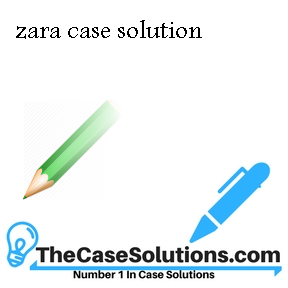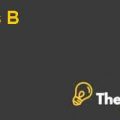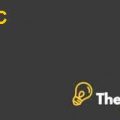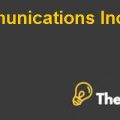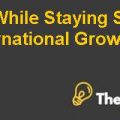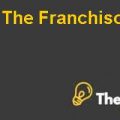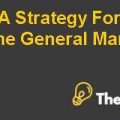What is your evaluation of the geographic/brand portfolio?
The diverse portfolio of the company has been the main reason for a large customer base for Inditex. The brand portfolio of the company is more diverse than H&M which is the key competitor for the company. Inditex has large flexibility in targeting particular consumer groups. Its strategic focus on sensitivity of response to changing customer demands through complete collection of store based on consumer data places and emphasis on the various range of labels in the company. The brands offered by Inditex are actually available in almost all major countries of the world, which are considered as growing and basically the countries that can make the company attain maximum profits therefore the company is quite stable with this strategy.
What are the Ansoff Options available to develop the company over the medium term?
As per Ansoff Matrix, the most appropriate method for Inditex for moving forward should be that the company should explore new markets with the same products that it has been offering. The reason company should look to expand itself much more than it has already done is because the company has strong equity among the customers which include male, female and children with strong supply chain, R&D and manufacturing the company can develop itself into a stronger brand against competitors such as H&M and GAP etc.
What would be your route forward?
The route forward needs to be further expansions in different untapped markets such as Pakistan, Bangladesh, and African countries where Inditex does not have any flagship stores; therefore Inditex needs to become a strong company in all places especially countries with such huge potential like Pakistan. In the medium term, the best thing is to reach maximum audience and compete with the competitors in a better way with even more global presence than the company already has. However, the long-term vision for Inditex should be to use diversification as its Ansoff strategy. The reason for this suggestion is that since the company has been globally accepted hence; it can increase sales volume for new products in the new markets. It will diversify into new markets and increase customer base which the company is already good at.
Part 3: Resources and Capabilities
The resource and capability standing of Inditex against its competitor H&M is that the company Inditex possesses centralized operations and decision making which is mostly done at the Headquarters in Spain. The company resources include pull distribution model and demand oriented along with its constant communication flow though the value chain of the company. The capabilities of Inditex are cost and time saving operations flow and the large manufacturing capacity at the company. When compared with H&M, the resource which exists in H&M is more than 700 suppliers primarily in Asia with no production facilities at all. Along with this, H&M is different from Inditex with high marketing investments in design and significant advertising in order to increase its brand recognition. When compared with H&M capabilities, exclusive brand image and the price advantage for the customer is also a competitive benchmark of Zara against H&M.
What strategies pull on Resource and Capability strength?
The most appropriate strategy for Inditex to grow on its resource and capability is to take advantage of the strong supply chain network and the brand image of the company developed over a period of time. For this they can actually diversify into new markets which are untapped by the company and look to grasp any opportunity to make sure the company utilizes its strengths in Resource and Capability.
What to do about weaknesses?
The major weakness for Inditex in its Resource and Capability is that Inditex needs to exploit and execute the conceptual strategy. With this Inditex needs to maintain control over production process and keep design and manufacturing in house with some strategic partnerships with the headquarter. Currently, Inditex maintains 75% of its total production process in Europe. The company value drivers for Zara are both tangible and intangible in terms of the benefits that are returned to all stakeholders annually. Tangibly, Inditex, th e parent company of Zara, has 11.02% net margin on operations and their market capitalization (Equity – market value) is €13, 981 (in thousands) in 2002.........................................
This is just a sample partial case solution. Please place the order on the website to order your own originally done case solution.

